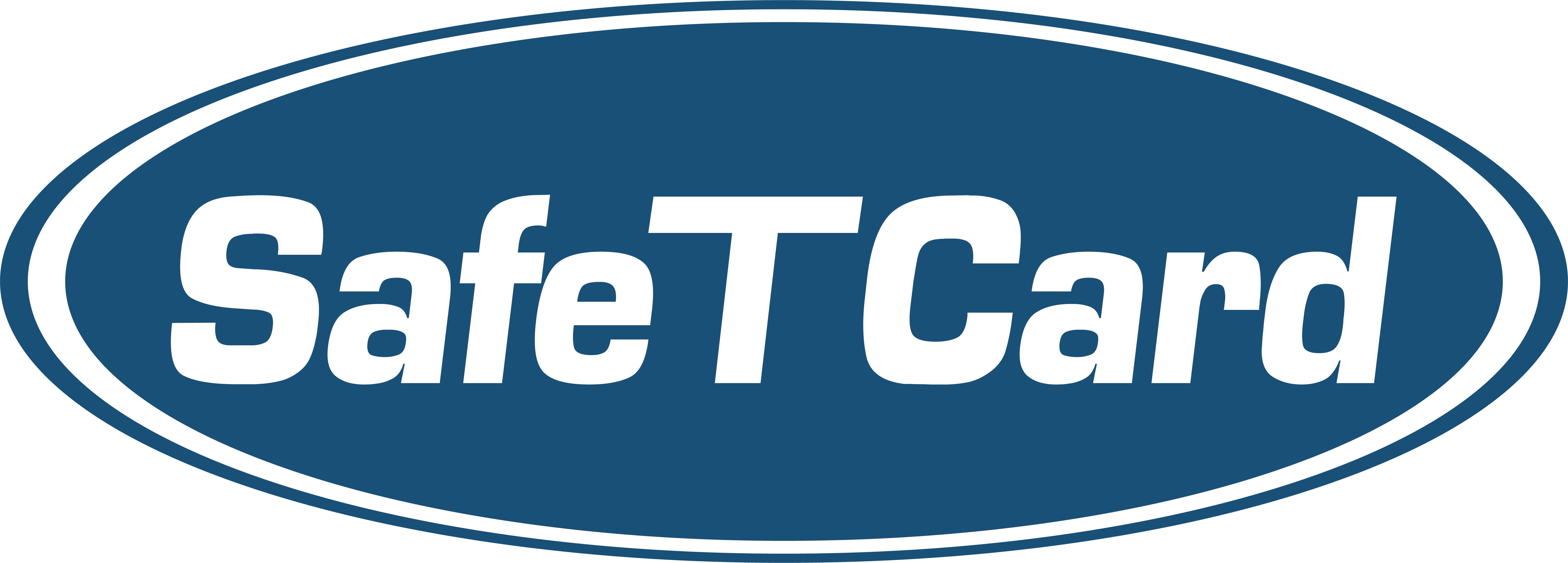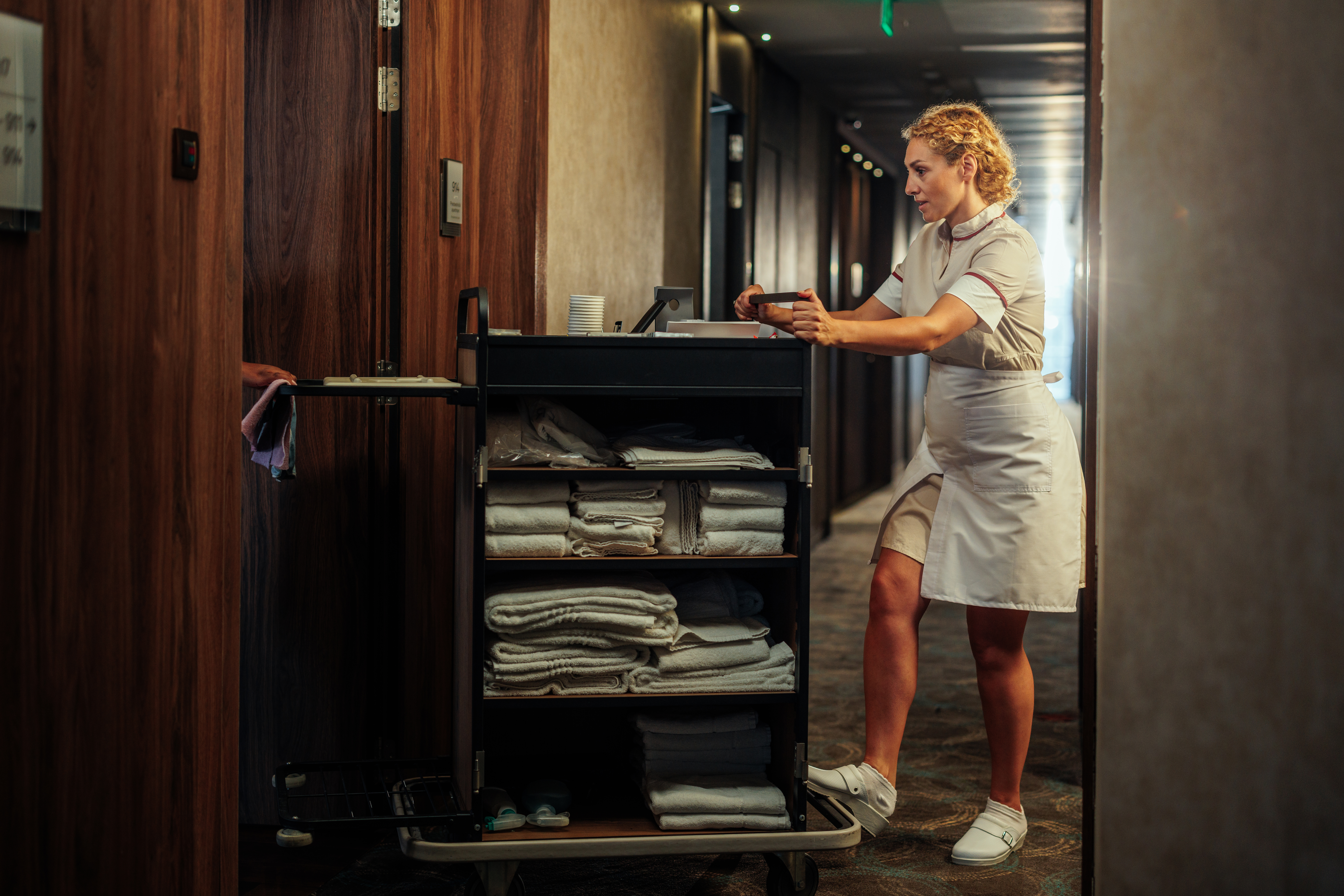The growing importance of safety in today’s workplaces
In Australia, the risks faced by employees working alone or in unpredictable environments are climbing. Healthcare staff face rising rates of aggression in homes and clinics. Retail and charity shop workers deal with theft and violence. Utility staff, inspectors, and council employees regularly visit remote or hazardous sites.
For these workers, the risks aren’t hypothetical. They’re real, frequent, and sometimes life-threatening. That’s why personal safety devices and lone worker devices are no longer optional add-ons. They’re business-critical investments that protect people, reduce liability, and help organisations comply with Work Health and Safety (WHS) laws.
What are personal safety devices?
Personal safety devices are technologies designed to help workers quickly raise the alarm and get help when something goes wrong. They come in several forms:
- Wearable lone worker devices: Purpose-built safety tools worn on a lanyard or clipped to clothing. These devices go beyond a simple SOS button, offering advanced features like GPS, man-down detection, and Yellow Alert check-ins. They’re designed for ongoing protection of lone and remote workers across all kinds of environments.
- Mobile lone worker applications: Smartphone apps that turn an everyday device into a safety solution. With features such as SOS alerts, GPS location sharing, and audio check-ins, they’re a flexible and cost-effective option, especially when staff already carry work phones.
- Duress alarms: Small, easy-to-access devices often found in retail counters, customer service desks, or offices where staff face public interaction. Their primary purpose is instant emergency activation, like a panic button, so help can be raised quickly. Unlike full lone worker devices, they usually don’t include monitoring or preventative features.
Unlike consumer gadgets (like fitness trackers or family GPS apps), professional-grade lone worker devices are built specifically for high-risk work environments and connect directly to a 24/7 monitored Alarm Receiving Centre (ARC).
Why lone worker devices matter
For organisations across healthcare, government, utilities, retail, and not-for-profits, the reasons to adopt safety devices are clear:
- Compliance: under WHS legislation, employers must manage risks to both physical and psychological health, including those faced by lone workers. Failure to do so can lead to heavy penalties.
- Insurance & liability: providing staff with personal safety devices demonstrates due diligence, reducing exposure to costly claims.
- Staff wellbeing: knowing help is just one button away significantly reduces anxiety and improves employee confidence on the job.Simply put: safe workers are more productive, engaged, and likely to stay.
Consumer vs professional-grade safety devices
It’s tempting for organisations to try consumer-grade safety apps or devices. But the differences are significant:
| Feature | Consumer Devices | Professional Lone Worker Devices |
| Monitoring | Self-managed (family/friends) | 24/7 Grade A1 Alarm Receiving Centre |
| Reliability | Limited support, may fail in emergencies | Built for critical response, tested daily |
| Features | Basic GPS, location sharing | SOS button, two-way audio, Man Down, Yellow Alert |
| Compliance | No link to WHS obligations | Purpose-built for lone worker legislation |
The bottom line: consumer tools might provide peace of mind, but they won’t protect workers (or organisations) when it matters most.
Key features to look for in lone worker devices
When choosing personal safety technology, these features make the difference:
- 24/7 monitoring: instant connection to a professional ARC that can verify alerts and dispatch emergency services.
- GPS: provides location data, even in remote areas.
- Yellow Alert (Audio Check-In): allows workers to leave a 20-second voice message before a risky visit, sharing location details and expected duration. If they don’t check out, the ARC acts immediately.
- Man Down detection: automatically raises an alarm if a worker collapses or is immobilised.
- SOS button with two-way audio: discreetly calls for help without escalating a situation.
These features ensure the device isn’t just a gadget. It’s a lifeline.
Industries using lone worker devices successfully
- Healthcare & community services
Nurses, OTs, and case workers often enter private homes alone. Devices provide reassurance when facing aggression, medical emergencies, or unknown risks. - Utilities & field services
Crews inspecting powerlines, gas, or water infrastructure face environmental hazards and remote work risks. Devices allow immediate escalation in case of accidents. - Retail & charity shops (Salvos, Vinnies, etc.)
Staff and volunteers regularly face verbal abuse or theft-related aggression. A discreet SOS button lets them summon help without escalating. - Local councils & inspectors
Building inspectors, rangers, and parking officers work alone in unpredictable situations. Audio check-ins and man-down detection reduce risks. - Not-for-profits
From homelessness outreach to disability support, workers face complex and sometimes volatile environments. Safety devices protect staff while enabling services to continue.
Case study: A community worker in WA
During a routine home visit, an occupational therapist felt uneasy after noticing escalating behaviour from a client’s family member. Before entering, she had used the Yellow Alert feature to record her name, location, and expected visit time.
When she didn’t check out, the ARC automatically received the alert. Operators quickly verified the risk, contacted emergency services, and reached her manager. Help arrived within minutes.
Without the device and its built-in audio check-in, the delay in responding could have turned the situation into a critical incident.
Conclusion: Personal safety isn’t a luxury, it’s a necessity
Personal safety alarms and lone worker devices are more than compliance tools. They’re investments in people, culture, and organisational sustainability.
Whether it’s a community nurse, a retail volunteer, or a council inspector, no worker should face risk alone. By equipping teams with professional-grade safety technology, from SOS buttons to Yellow Alerts and man-down detection, organisations protect lives, strengthen trust, and meet their duty of care.
Because at the end of the day, safe workers are the foundation of safe, effective services.


